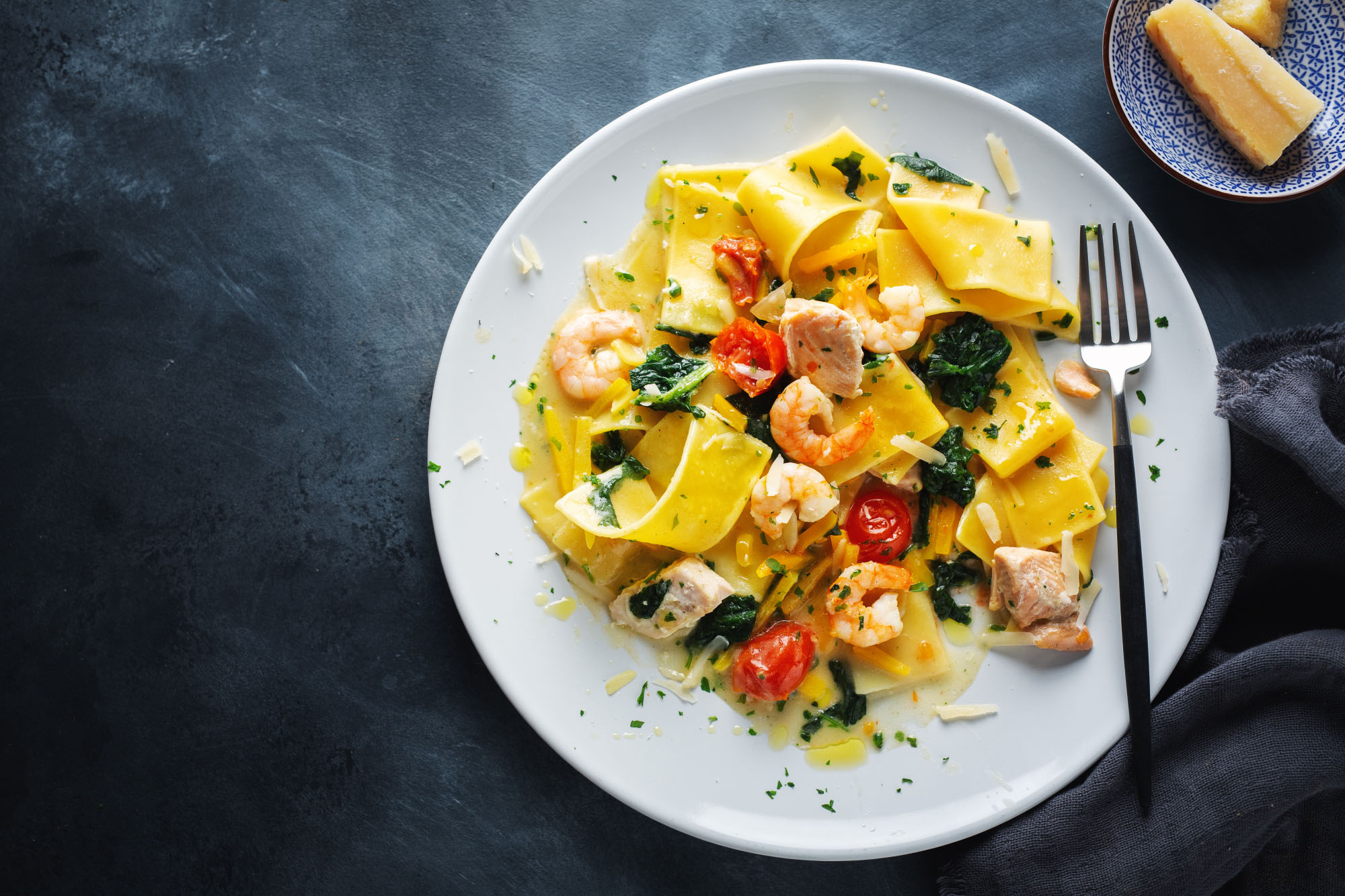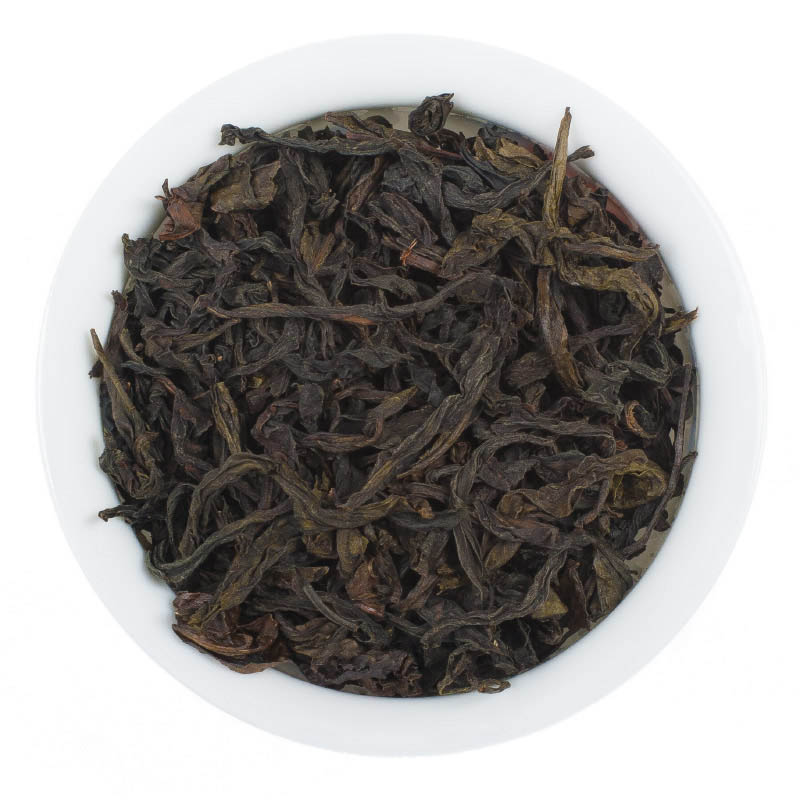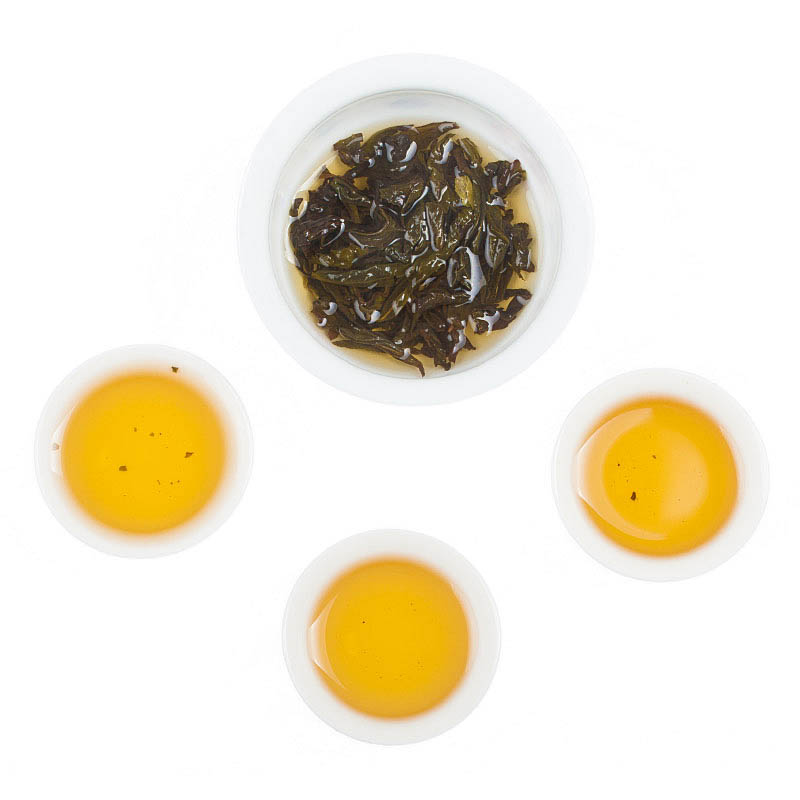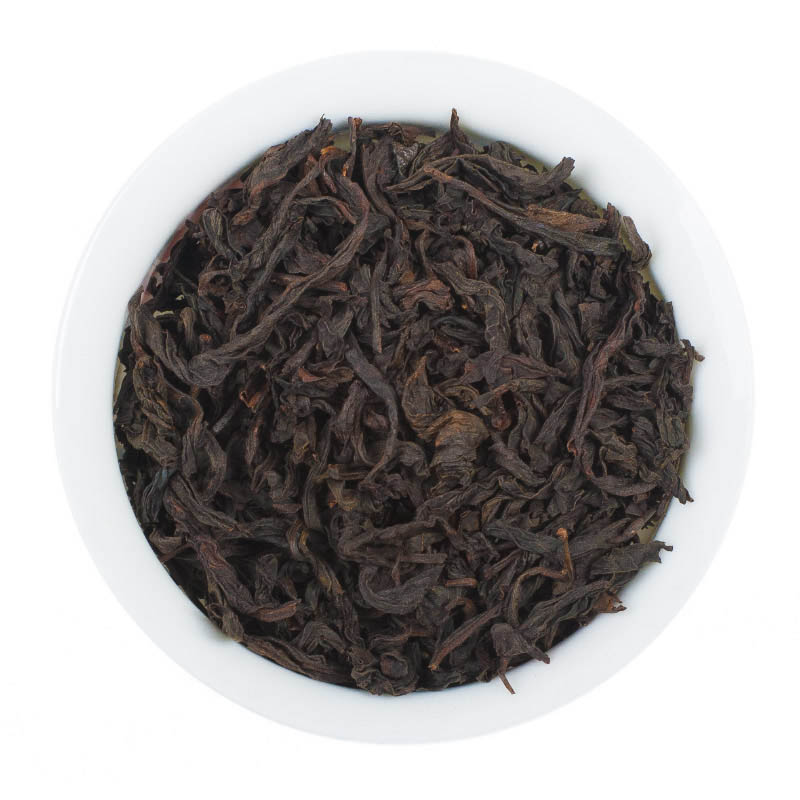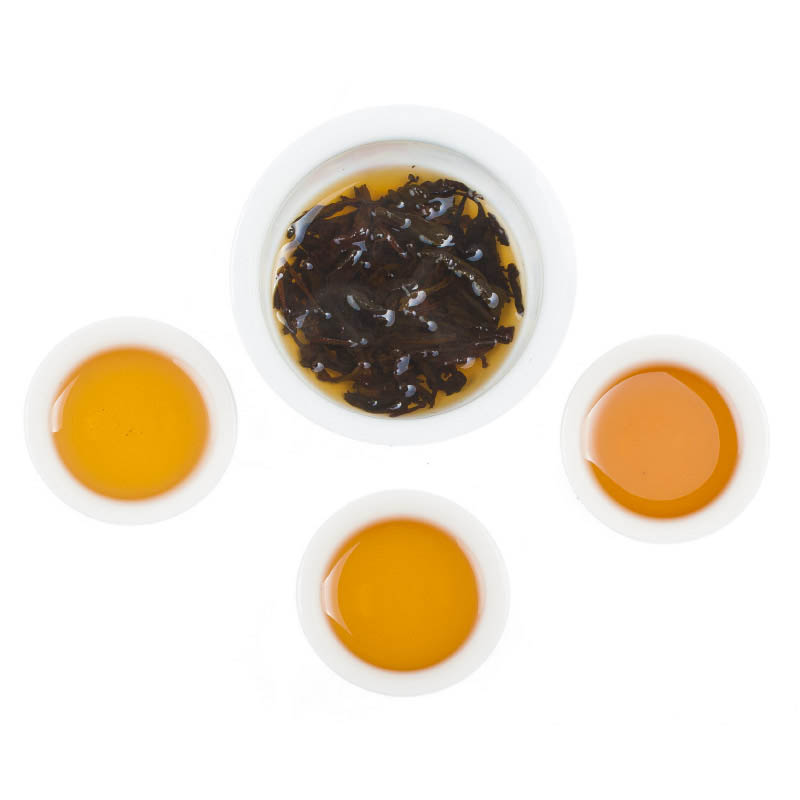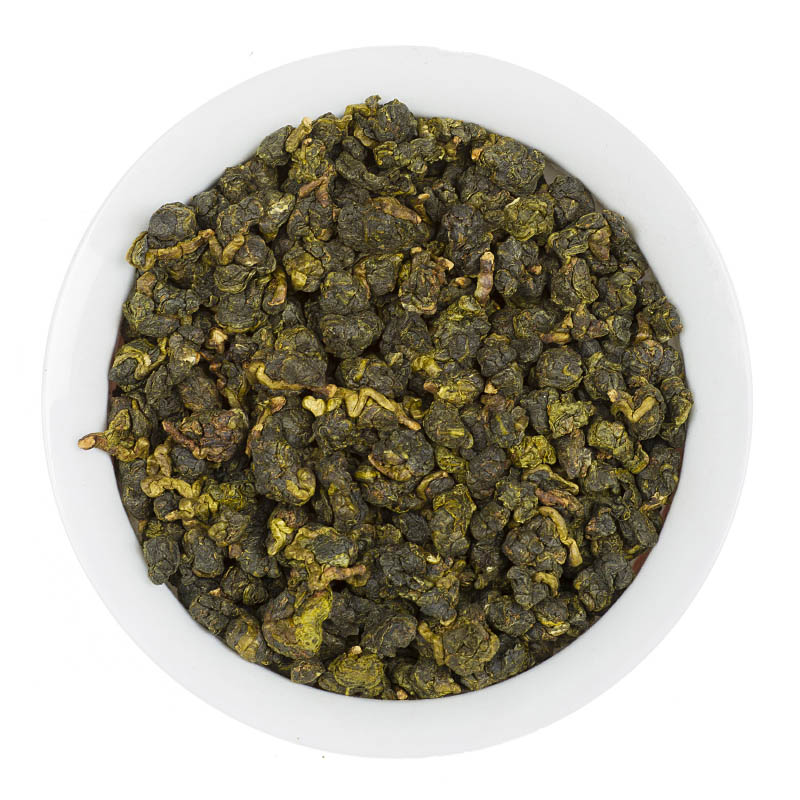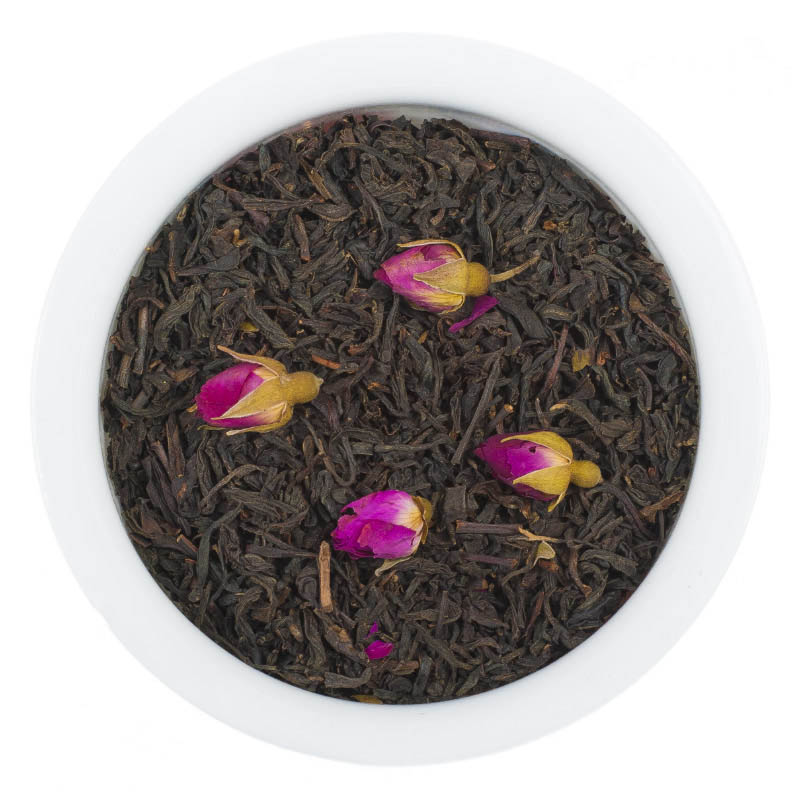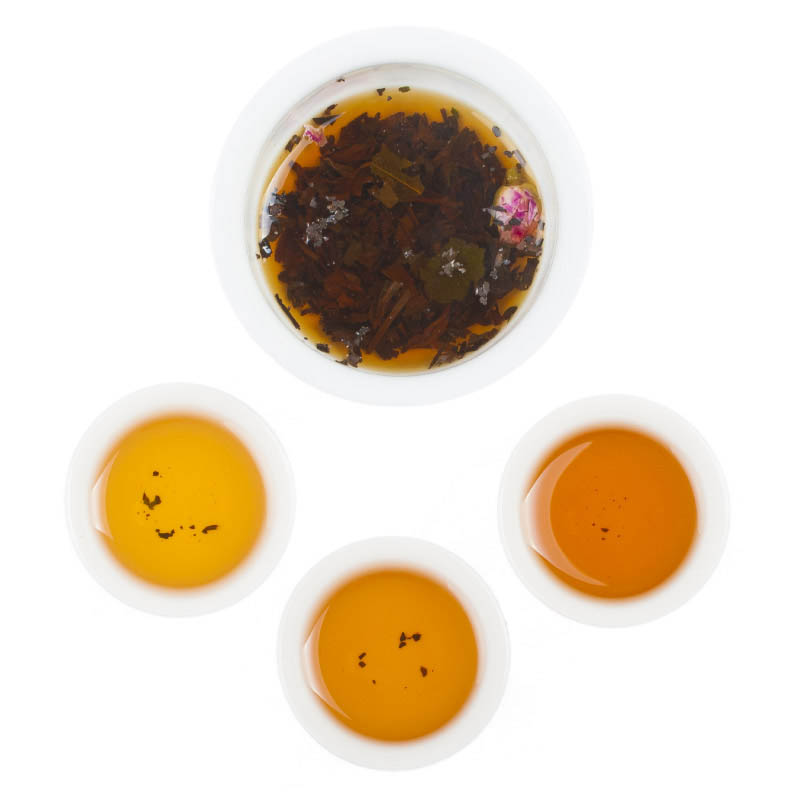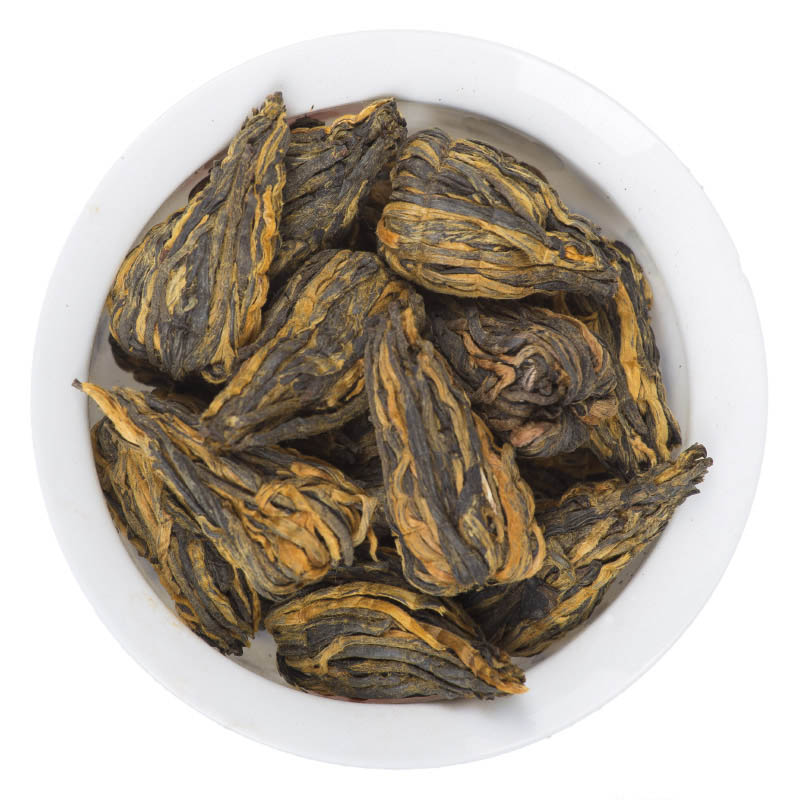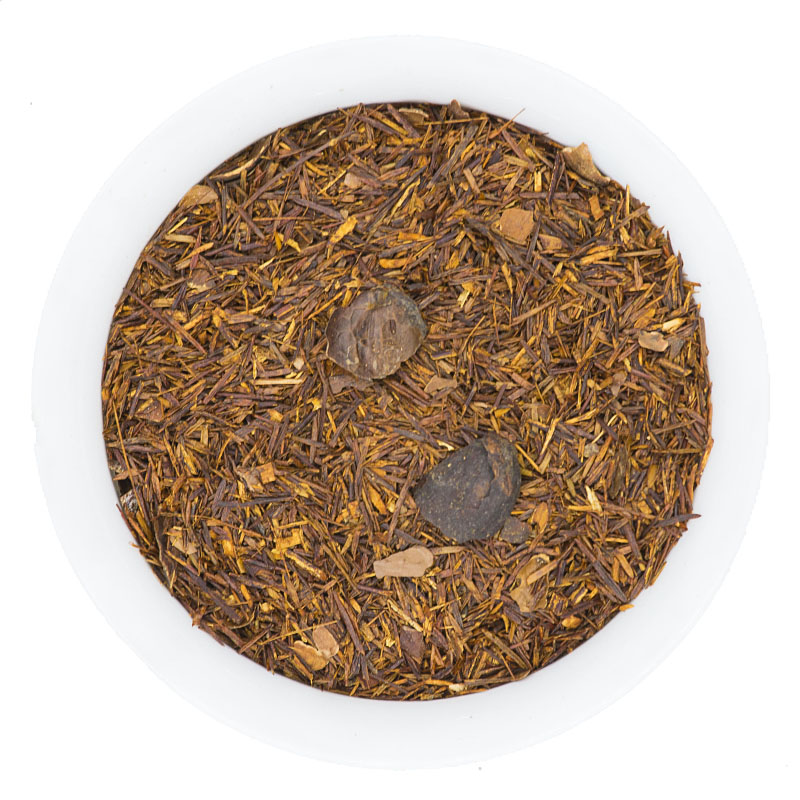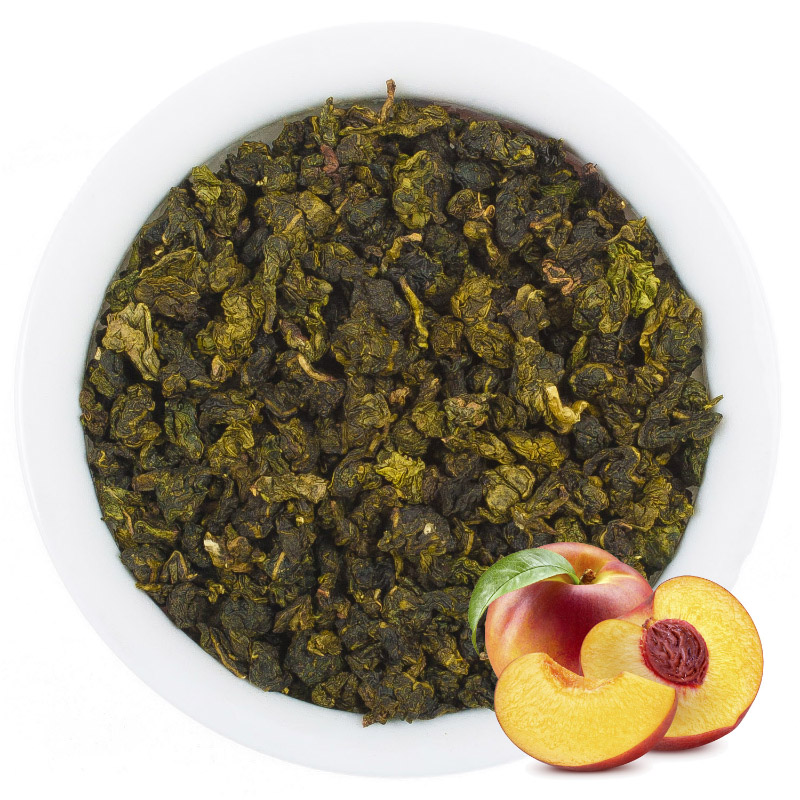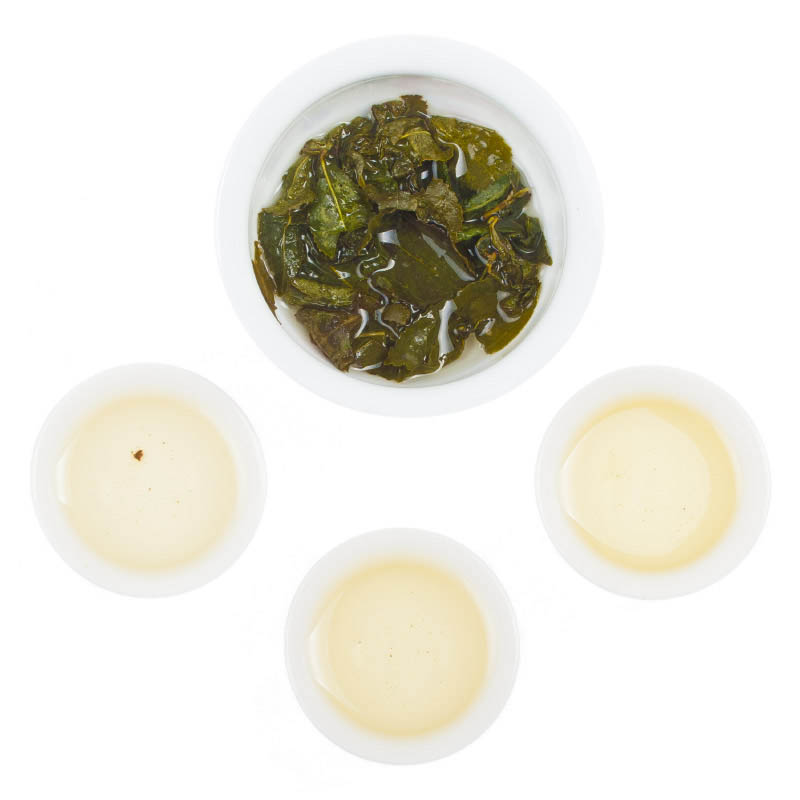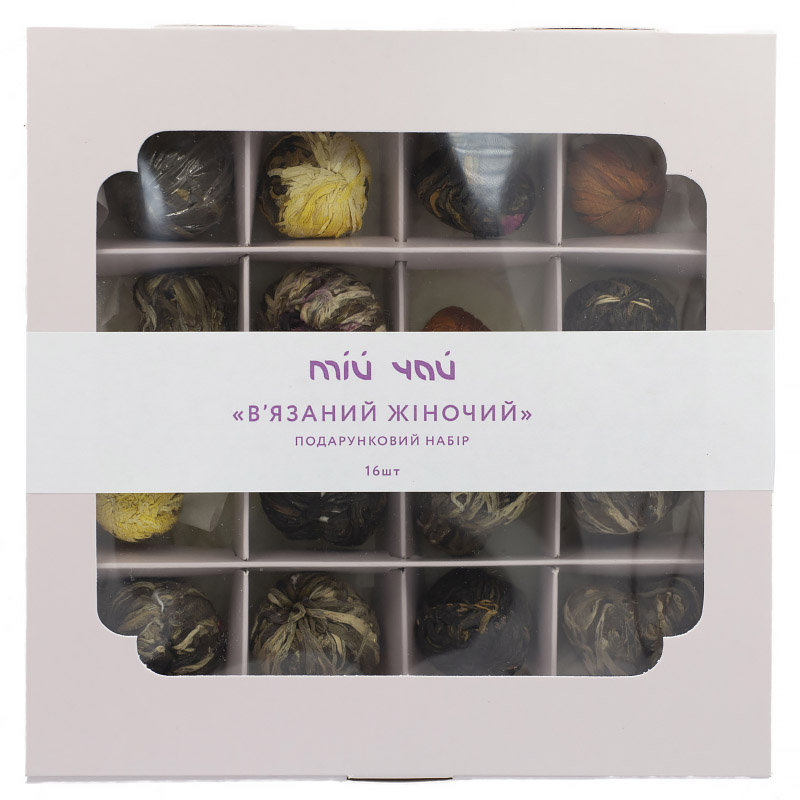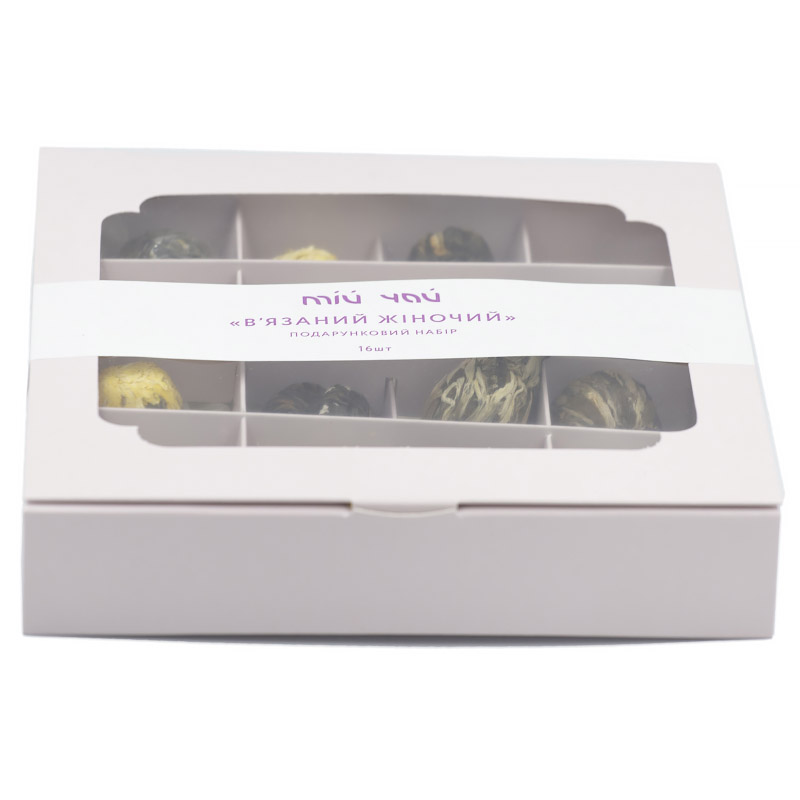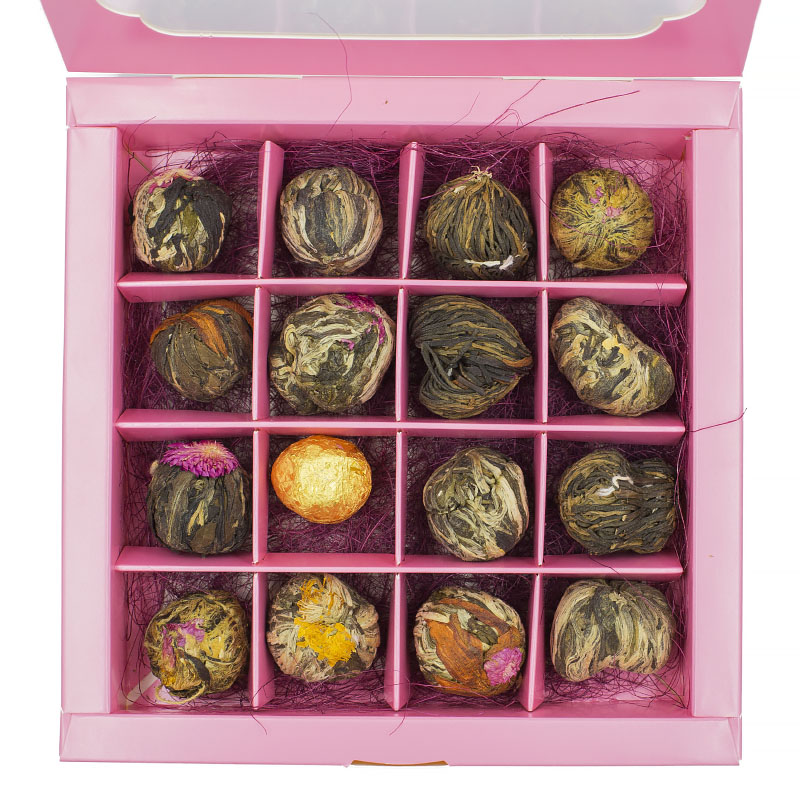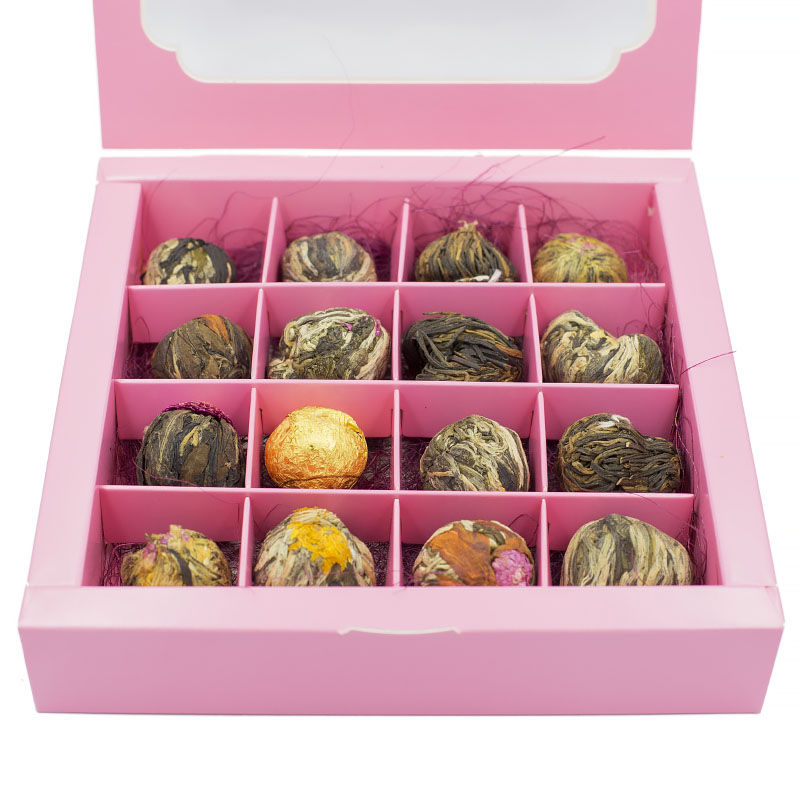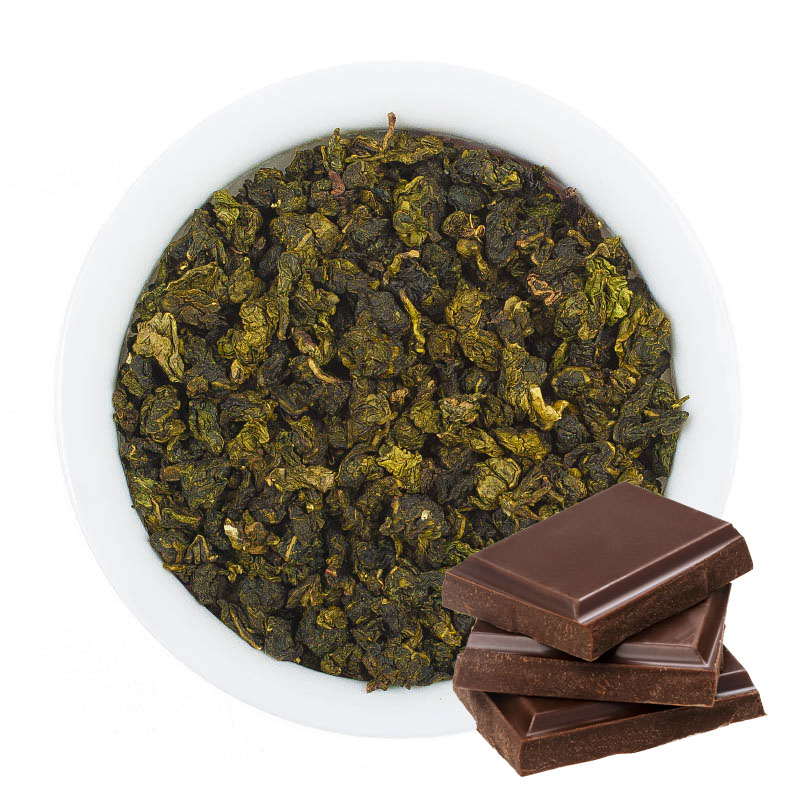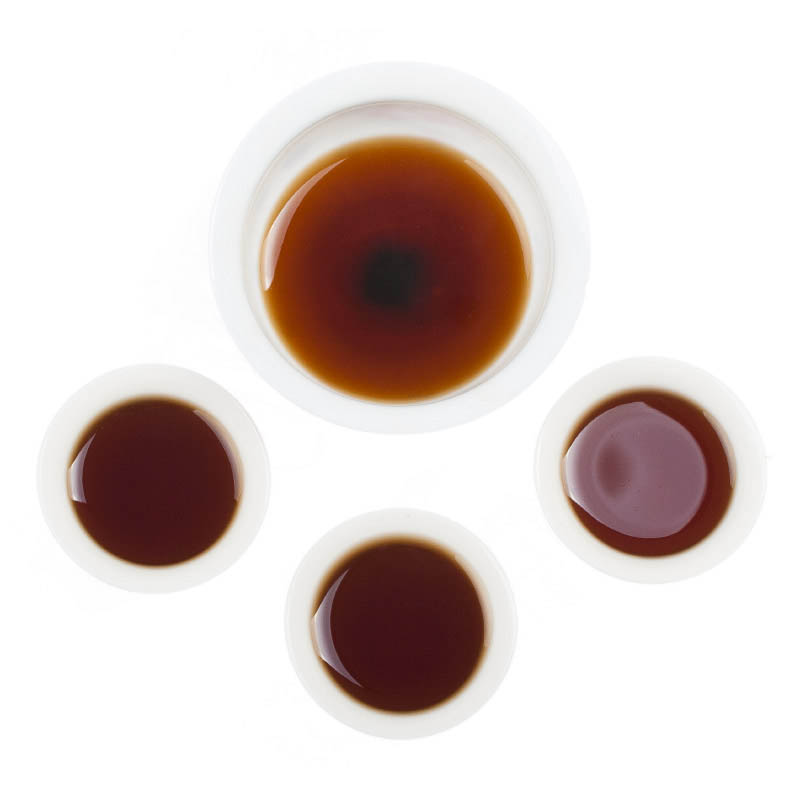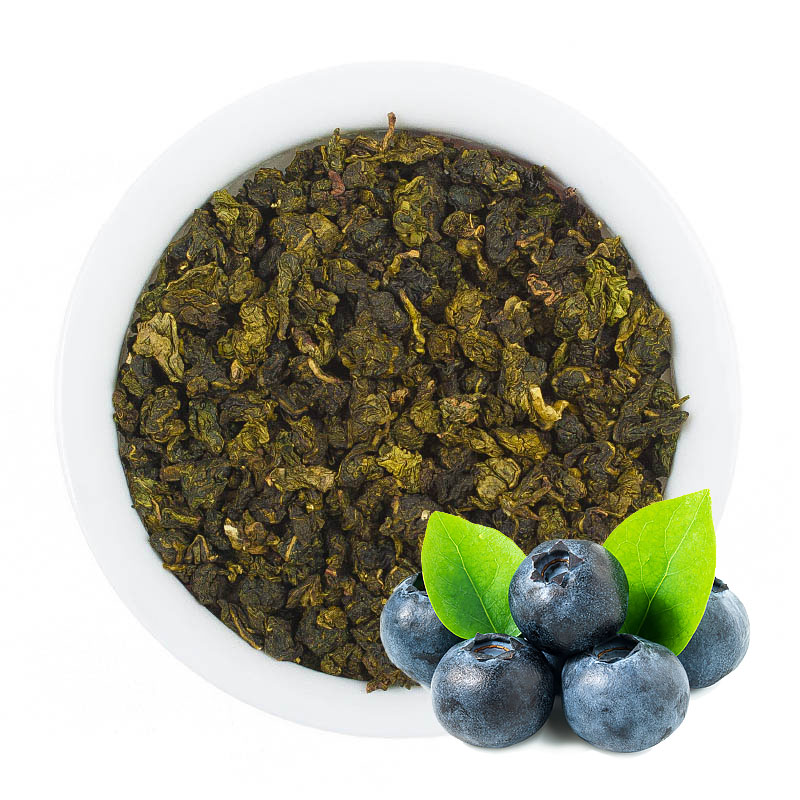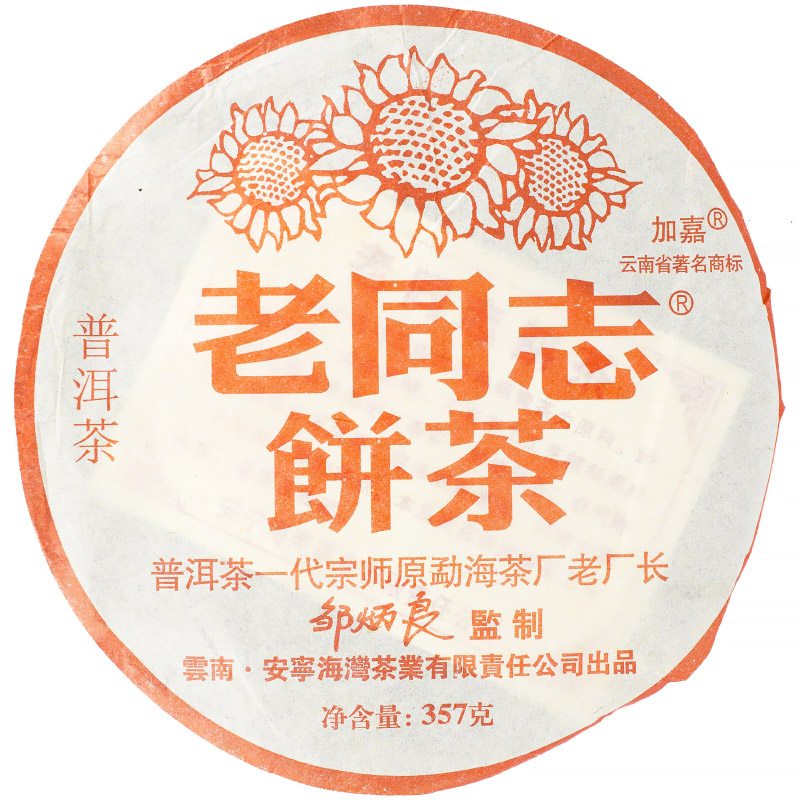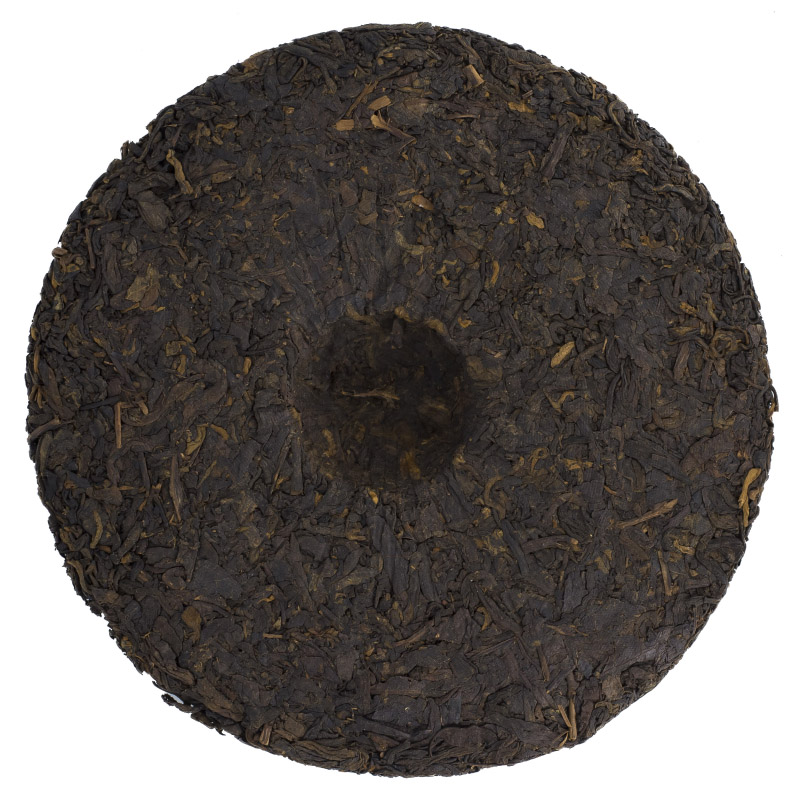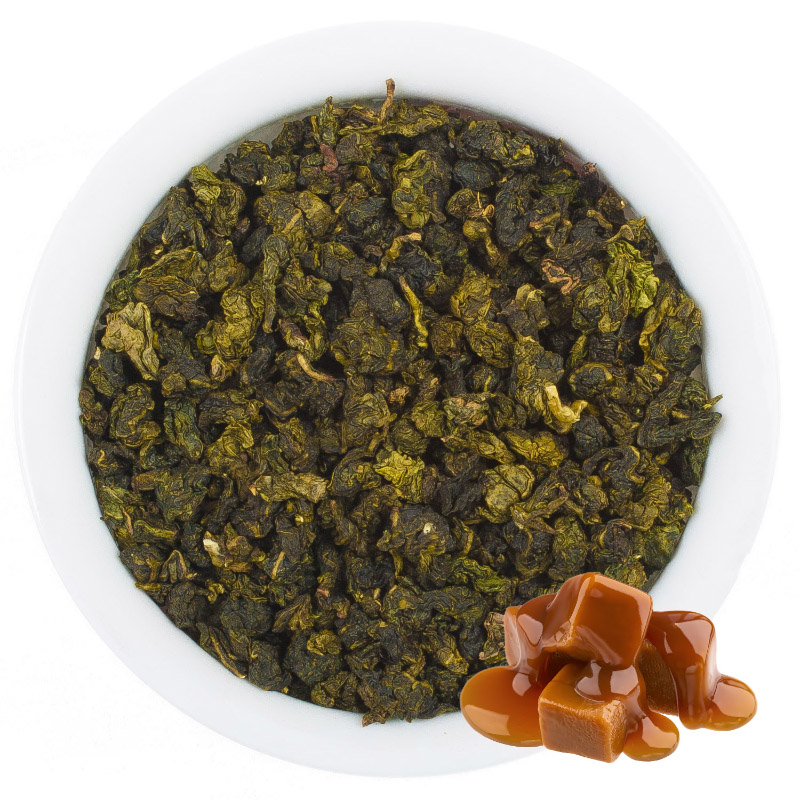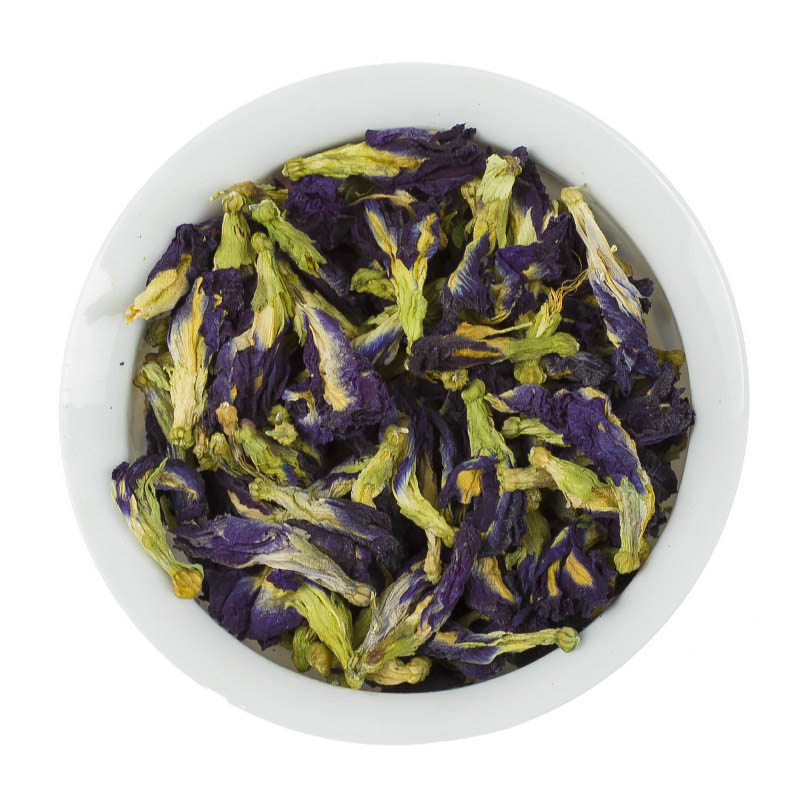Contents
- Fundamentals of Cooking
- Culinary Rules to Follow
- Culinary Myths
The art of cooking has centuries of history behind it. Its purpose has always been to satisfy the human need for tasty, well-prepared, and varied food — and today, it also includes a focus on healthy eating. The most important thing is for food to be nutritious, containing all the essential nutrients and vitamins the body needs. Another element that can be considered a separate art form is food presentation — making dishes visually appealing to stimulate appetite.
Fundamentals of Cooking
First and foremost, all ingredients should be natural, fresh, and of high quality. Second, it’s important to follow time-tested rules when preparing food. Third, improvisation is welcome — especially with ingredients — but it should be reasonable, since many recipes have been refined over centuries. Therefore, any deviation should be minimal and justified. The main methods of food preparation include:
- Thermal processing of ingredients:
- frying,
- sautéing,
- stewing,
- boiling,
- drying,
- smoking,
- dehydrating.
- Chemical processing:
- salting,
- soaking,
- marinating,
- fermenting (pickling).
After chemical processing, many foods become semi-finished products that can be eaten as-is or cooked further. For example, sauerkraut can be used to prepare soups or stews, and pickled cucumbers can be added to salads or used in dishes like pickle soup.
Culinary Rules to Follow
There are several important rules:
- Food preparation should be low-waste. Ingredients should be used in such a way that as little as possible is discarded. For example, when cooking fish, the head, fins, and tail can be used to make broth, while the fillet is fried or boiled.
- Cook in a way that nutrients are absorbed effectively. For instance, don’t over-fry meat, as it becomes harder to digest. It’s better to stew it along with vegetables like carrots, cabbage, or potatoes, providing more nutritional value than cooking them separately.
- Preserve biologically active compounds, such as those found in vegetable oils. Since heat destroys them, it’s better to use animal fats for frying.
- Ingredients in a dish should complement one another to ensure the body gets everything it needs.
- The menu should be diverse, especially for those not on a special diet. Even in such cases, a skilled cook can create optimal meals.
- Flavor, color, and aroma should be varied. There is a wide range of spices available today that can bring new life to familiar dishes.
As shown above, the modern trend of eating fast food lacks the benefits of proper nutrition. It’s better to prioritize home-cooked meals made with proven, wholesome recipes and to follow the fundamental rules of cooking.
Culinary Myths
Since cooking has existed as both art and profession for centuries, many myths have formed around it — some of which are still mistakenly believed today. While a few may hold truth under certain circumstances, many should be reconsidered. Common myths include:
- Pasta should be rinsed under cold water after boiling.
- Chicken skin is unhealthy, fatty, and should not be eaten. In fact, chicken skin contains fats and compounds that are more beneficial than lean meat alone.
- Boiling vegetables destroys all vitamins. Not true — some nutrients transfer to the broth, but most remain in the vegetables.
- Microwave ovens destroy nutrients. Incorrect — they heat food by moving water molecules and don’t significantly affect vitamins or minerals.
- All sweet desserts are bad for your health. Not entirely — excessive amounts of anything, including meat, can be harmful. However, desserts with honey, fruit sugars, or even items like ice cream and meringue can be beneficial when consumed in moderation.
Besides these, many other culinary myths exist. But it’s important not to believe every claim blindly — some are based on isolated cases under special conditions. It’s best to follow the main principles of cooking and rely on experience and intuition for the rest.
